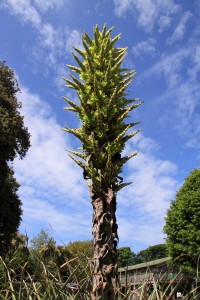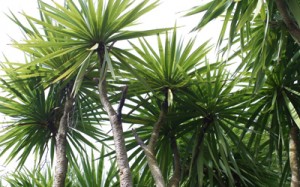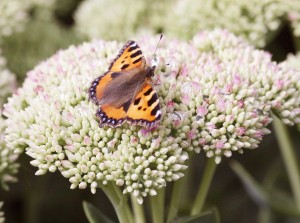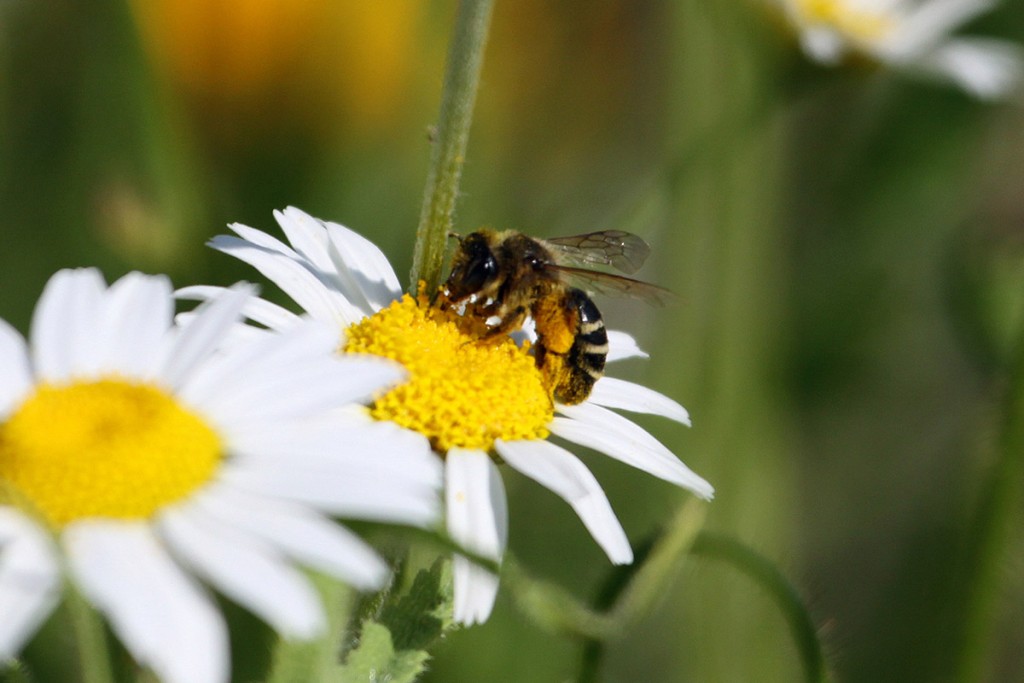Gardens of Paradise
The gardens are designed to complement the exotic wildlife at Paradise Park, and to provide plenty of nectar for native pollinators.
Wildlife Sanctuary • Cornwall
The gardens are designed to complement the exotic wildlife at Paradise Park, and to provide plenty of nectar for native pollinators.
The grounds extend to 14 acres around the Reynolds family home, built in 1861 by the ‘Harvey’s of Hayle’ who established and ran the iron foundry in Hayle during the 18th & 19th century.
The gardens are designed to complement the exotic wildlife at Paradise Park, and to provide plenty of nectar for native pollinators. They are at their height through the summer, coinciding with the main holiday months – our busiest time for visitors. Our soil is alkaline, so not perfect for ericacrous plants such as rhododendrons and camellias which grow well in many Cornish gardens.
Low planting is used in front of the aviaries so visitors can look-in… and the birds can see out! So agapanthus, kaffir lilies and crocosmia are fine whereas bamboo and tree ferns would be unsuitable.



A large succulent bed by the picnic lawn has thrived for many years with large specimens of Agave, Furcrea and Puya.
The Rainbow Aviary in the walled garden are where our lorikeets can fly-free and be fed nectar by visitors. Here plants include Chatham Islands Forget-me-nots, Olearia and Bottlebrushes.
Perversely, this area is the coldest part of the garden so recently a hole was punched in the granite wall and covered with a grille to allow some of the cold air to ‘drain’ away after still, frosty nights.
Horticulturally, the most interesting part of the walled garden is the ‘Gazebo Garden’. Gentle terraces, with soil which has tons of grit added, and with granite forming low retaining walls has created a sunny, free-drained site perfect for colourful exotics.



Here, three towering Eucalyptus dalrympleana overshadow silvery Astelia, and close by a fine Trachycarpus Palm shades clumps of white–spathed Arum Lilies. Close to the gazebo itself is a slow-growing Butia capitata palm with striking blue/green foliage. This palm would seem to be a better bet in our winters that the Phoenix Palms as no damage whatsoever has been noticed despite frosts and gales.
 Just outside the walled garden is a raised butterfly garden, planted with the usual suspects (buddleia, sedum and Verbena bonariensis. Here the gardeners need not feel guilty about the clumps of stinging nettles that have been allowed to encroach into the area.
Just outside the walled garden is a raised butterfly garden, planted with the usual suspects (buddleia, sedum and Verbena bonariensis. Here the gardeners need not feel guilty about the clumps of stinging nettles that have been allowed to encroach into the area.
This area came about following the sad demise and fall of a magnificent 150 year old copper beech that succumbed to the ravages of a storm a few years back.
Walking through the long Pergola in summer draped in Rosa ‘Compassion’ and Clematis viticella, and the shady Parrot Jungle walk awaits.


Interlinked ponds and streams wind their way down hill through Holm Oaks, bamboo, fatsias and tree ferns. The thatched ‘Jungle Hut’ is a peaceful place to sit and watch the parrots do their thing in large spacious aviaries. The soil in this area of the park is poor and shallow, so new plantings need to be well-mulched, fed and watered as the dense tree cover hinders much of the summer rains progression through the canopy.
 Koi and Mirror Carp inhabit the final pond in the Parrot Jungle. Following the path you reach the Pheasantries, a range of aviaries which are home to pheasants but also brightly-coloured toucans, turacos and starlings. These birds, unlike the parrots which love to chew, allow for good planting within their aviaries with many enjoying the cover of twiggy shrubs for their nests. Returning to the picnic lawn, where in the summer months, the Free Flying Bird Show takes place.
Koi and Mirror Carp inhabit the final pond in the Parrot Jungle. Following the path you reach the Pheasantries, a range of aviaries which are home to pheasants but also brightly-coloured toucans, turacos and starlings. These birds, unlike the parrots which love to chew, allow for good planting within their aviaries with many enjoying the cover of twiggy shrubs for their nests. Returning to the picnic lawn, where in the summer months, the Free Flying Bird Show takes place.
Our Bee Garden is situated near the butterfly garden, it was planted with mostly native and North American hardy annuals – dandelions were not discouraged as they are a valuable early-season source of nectar. Honeysuckles were planted to grow up the old granite archways over the miniature railway track, again to provide food for prospective bees. Information on identifying the many species of native bees is displayed nearby.


Adjacent to the lawn is the children’s outdoor play area ‘Paradise Island’. Also nearby our JungleBarn all-weather play zone and café and gift-shop.
Paradise Park is part of Hayle Town’s Britain-in-Bloom entry and the final port-of-call on inspection day. We are proud of Hayle’s efforts over the last few years, borne out by many awards earned in both regional and national competitions.
It is the duty of all who keep rare species to do whatever they can to promote a healthy captive population. We work with British, European and international breeding schemes.
Read more hereWe know you will love meeting the wildlife here with over 140 species to see. Please find all the information you need to enjoy and plan your visit to Paradise Park.
Find out more here